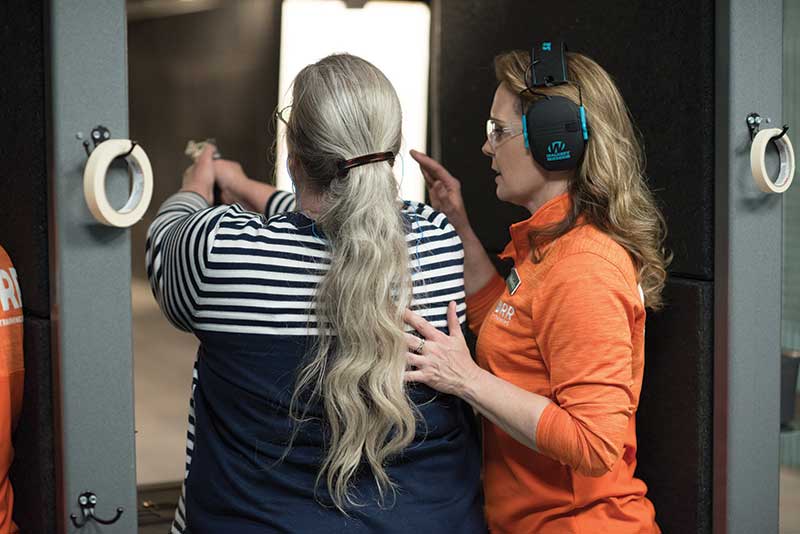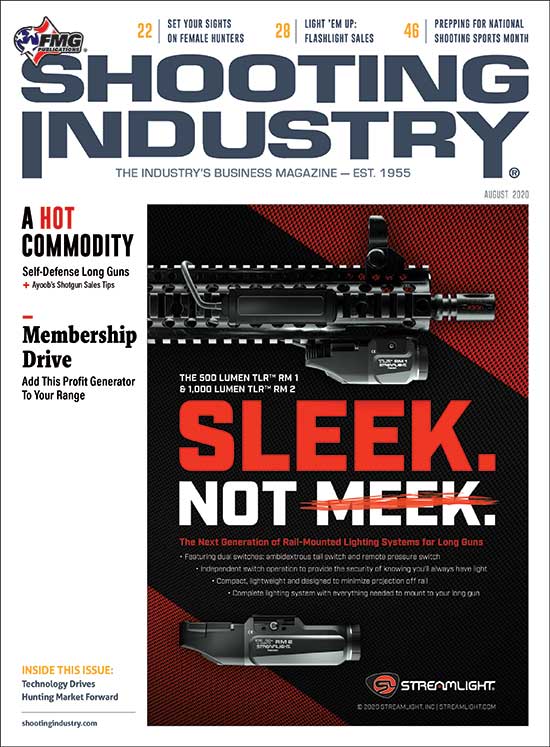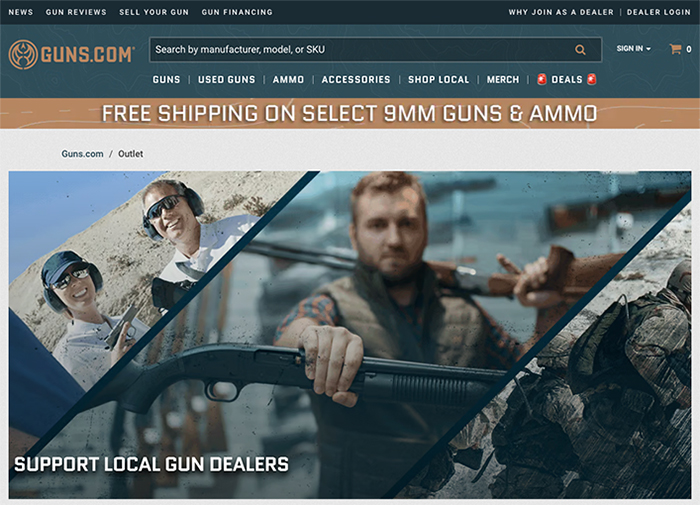Reevaluating Product Sales
Here’s a common scenario: you sell a popular concealable handgun model (say, the Smith & Wesson M&P Shield M2.0) to a customer. What price did you sell it for? Now, take into account the cost of product, carrying cost to stock it and the expenses of actually completing the transaction (purchasing process, putting into inventory system, time for selling process, ATF paperwork, etc.) Heck with everything involved, you may have gone in the hole on this one-off sale.
Compare that to selling a membership. Quick math is usually very much on the membership side. Many basic memberships are at least $19.99 a month, up to $49.99 a month (and even higher for mid- to top-end memberships) with no ATF paperwork required. Keep in mind, monthly dues aren’t pure profit — there are expenses associated with memberships — but there are intangible benefits not shown on your balance sheet, such as having the member tied to your operation.







